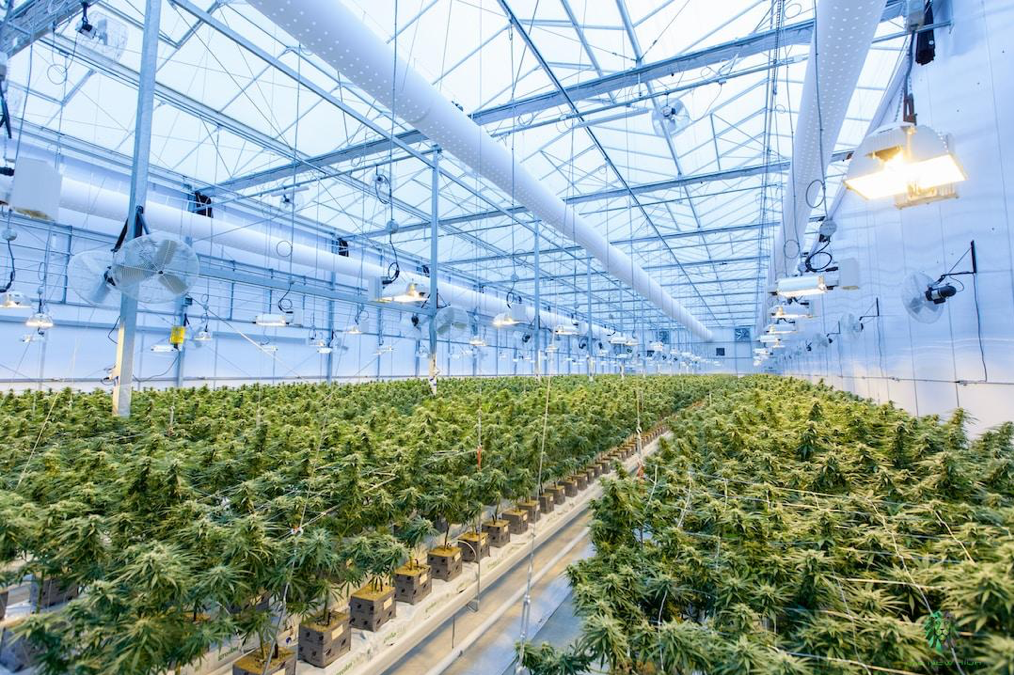Contents
Launching a commercial greenhouse can be a rewarding venture, both financially and environmentally. Whether you’re an established farmer looking to expand, or a new entrepreneur with a passion for sustainable agriculture, understanding the intricacies of greenhouse operations is crucial. A well-planned greenhouse can yield a bountiful harvest all year round, providing local markets with fresh produce even in colder climates. Below, we outline some tips to help kickstart your commercial greenhouse journey so that your venture thrives from the outset.
Understanding the Basics of Commercial Greenhouse Setup
Starting a commercial greenhouse begins with a solid understanding of the essentials involved in its setup. This includes knowledge of different greenhouse structures, materials, and design aspects that cater to the specific needs of the plants you intend to grow. The durability of construction materials, insulation capabilities, and the potential for expansion should all be considered to maintain a long-term, scalable operation.
Utility access and site preparation also play a pivotal role. Examining the accessibility of water, electricity, and potentially gas is key before deciding on a final location. Having a well-thought-out plan for these utilities during the initial stages can prevent costly renovations and downtime in the future. Furthermore, ensuring the site is prepared for the specific needs of your greenhouse, such as drainage and level ground, is indispensable for long-term success.
The choice of internal systems — including irrigation, heating, and lighting — sets the stage for the operational efficiency of the greenhouse. From energy efficiency and extended lifespan to customizable lighting spectrum and expert design, professional installation of high-quality LED grow lights ensures that all of your plants receive the ideal lighting conditions for optimal growth and productivity. For innovative lighting solutions for your greenhouse, companies like sollumtechnologies.com are at the forefront of modern adaptations.
Securing Sustainable Resources and Technologies
Sustainability is key when setting up a commercial greenhouse. Choosing renewable energy sources, such as solar or wind power, can minimize carbon footprints and energy costs. Efficient use of resources, including water-conservation practices through recycling and the use of rainwater capture systems, also contributes to a sustainable and eco-friendly operation. Investing in green technologies benefits the environment and it can lead to long-term financial savings and a positive brand image.
State-of-the-art technologies and network management software can be applied to monitor and adjust your network systems efficiently, ensuring optimal resource use. This is particularly important if your greenhouse utilizes automation. investing in network management software for your greenhouse automation system is integral if you want to guarantee smooth and efficient operations. It provides centralized control, real-time monitoring, and detailed analytics, allowing you to optimize your growing conditions and maximize your crop yields.
The incorporation of recycled and biodegradable materials in your greenhouse structure and operations furthers your sustainability goals. By focusing on the end-to-end lifecycle of your greenhouse resources, from construction to daily operations, you instill a strong commitment to sustainability that resonates with your workforce, your customers, and the wider community.
Marketing Your Greenhouse Products
Once your commercial greenhouse is operating smoothly, effective marketing becomes the next focus to guarantee your products reach the right customers. Creating a strong brand identity and using targeted advertising can enhance visibility in this competitive market. Use social media platforms, local agriculture fairs, and community events to connect with your prospective customers. Sharing your sustainability practices and the high quality of your produce can help build trust and a loyal customer base.
Establishing partnerships with local grocers, restaurants, and farmers markets can also drive sales and bolster your market presence. These collaborations will generate a steady demand and can provide invaluable feedback from end consumers. Building a narrative around your brand, focusing on the journey from seed to table, can create an emotional connection with your clientele, offering a competitive edge over mass-produced grocery store options.
Utilizing digital marketing tools, including search engine optimization for your website and engaging content creation, enables you to reach a broader audience online. Newsletter subscriptions and online sales can also open up additional revenue streams, making your products accessible beyond local boundaries.
As you can see, establishing a successful commercial greenhouse demands diligent planning and an embrace of sustainable practices. With careful consideration of location, resources, climate strategies, and marketing, your greenhouse can not only contribute to the local food supply but also set a precedent for environmental responsibility in agriculture. By applying these insights, you can cultivate a flourishing business that benefits your community and the environment for years to come.



